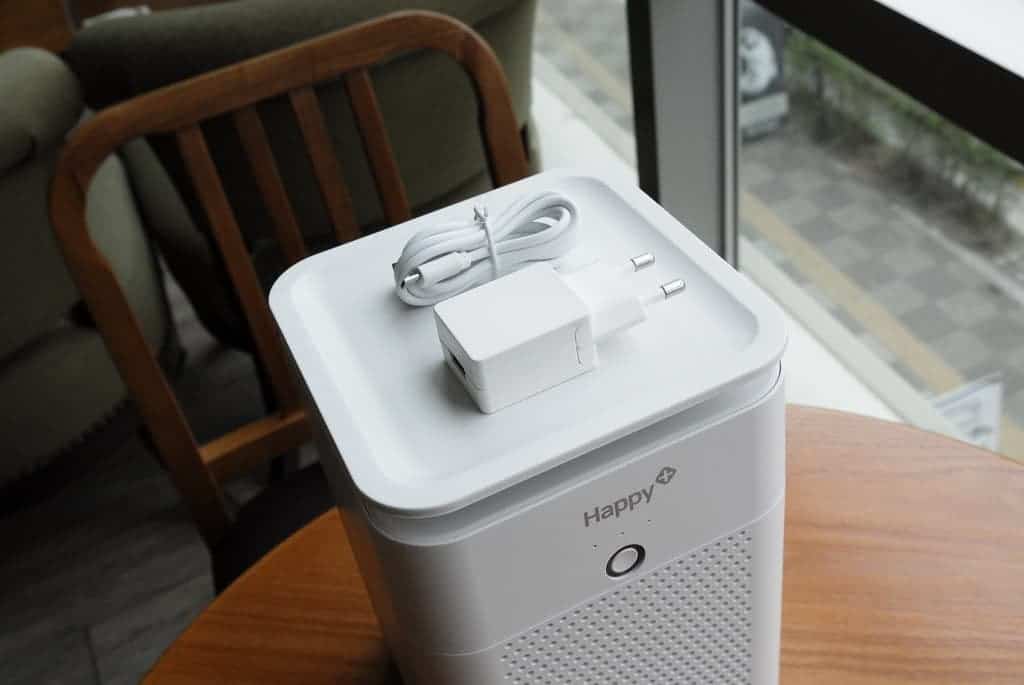
While coronavirus has certainly had a massive impact on our social lives, it’s not the only threat our world faces currently. We also have several other threats to contend with, such as pollution, climate change, and the rise of infectious diseases.
According to the World Health Organization, there is a global increase in infectious diseases, including newly-circulating diseases like HIV/AIDS, hepatitis, hantavirus, and SARS. Several studies have also shown that infectious diseases spread a lot faster because of the effects of climate change, such as temperature extremes and erratic weather patterns.
Furthermore, climate change and air pollution is yet another major threat our world faces. According to the WHO, ambient air pollution is responsible for approximately 4.2 million deaths per year, and 91% of the world’s population currently lives in places suffering from air pollution.
In light of all of these changes, you may feel pretty hopeless about the world. However, just as the world changes, we also continue innovating new technologies to protect ourselves from these growing threats, be they viruses, pollution, or anything else.
In this article, we’ll introduce you to some technologies that can help you protect yourself and your family.
-
Air Purifiers
It goes without saying that air pollution is currently one of the biggest problems humanity is facing. As we mentioned previously, the WHO has declared that air pollution causes around 4.2 million deaths annually. That’s where air purifiers come in.
Air purifiers are air filtration devices that suck the air from your home, run it through a series of filters, and release purified air back into your home. You don’t have a lot of control over your ambient pollution, but you can certainly ensure that your home isn’t polluted.
Expert Dr. Clifford W. Bassett, Medical Director of Allergy & Asthma Care of NY, said (via Smart Home News), “HEPA filters are designed to filter out at least 99.7% of particles of 0.3 microns or larger diameter. Air purifiers will generally contain a pre-filter and a HEPA filter which works to remove small particles and airborne allergens.”
-
BioScarf
In recent months, due to the coronavirus, surgical masks have quickly become the norm. Not only do surgical masks prevent you from spreading your germs, but some of them also include a filtration device to ensure you breathe clean air.
However, surgical masks have two major issues. First, they look ugly. Second, they’re not very comfortable, which means people will ditch them the first chance they get. But that’s where BioScarf comes in.
BioScarf is an innovative scarf with an in-built air filter. This scarf looks like just another ordinary scarf — it looks stylish, and it keeps you warm. However, BioScarf filters all the pollutants from the air to ensure you breathe clean air. As such, it keeps you safe from bacteria, germs, pollutants, and allergens, while still looking good.
-
SteriPEN Water Purifier
Water pollution is one of the leading causes of infectious diseases, such as dysentery, cholera, diarrhea, typhoid fever, trachoma, and many others. As such, it’s incredibly important to ensure that you are drinking clean filtered water, especially while traveling.
SteriPEN Water Purifier is the best portable water purifier. It’s a pen-sized water purifier that releases ultraviolet (UV) light when you activate it. As such, you can dip this pen into the water sources, and activate the UV light to destroy around 99.9% of all the harmful pollutants. Within 45 seconds, this portable water purifier will purify up to 50 liters of water. This technology is a breakthrough, and it can reduce the scourge of water pollution.
-
Awair Air Quality Monitor
Awair Air Quality Monitor is a small device that tracks the air quality in your home. It tracks your temperature, humidity, carbon dioxide (CO2), particulate matter (PM2. 5), and chemicals (VOCs). The device is connected to your smartphone app, in which you get real-time updates, and you can track historical data for air quality. The app also gives you feedback on the actions you can take to improve your indoor air quality. As such, Awair Air Quality Monitor gives you all the information you need to maintain optimal air quality and health in your home.
-
59S UVC LED Sterilizer Wand
If the past few months have taught us anything, it’s the importance of sanitation. We now have a newfound appreciation for how we may be infected by invisible bacteria and viruses that may be lurking around all kinds of public spaces, like in metros, restaurants, or anywhere else. But it’s also not very feasible to carry gloves and sanitation kit everywhere we go. That’s where 59S UVC LED Sterilizer Wand comes in.
59S UVC LED Sterilizer Wand is a folding UV-light wand that generates intense UV light that kills up to 99.9% of all the germs and viruses lingering on various surfaces. As such, when you go to public spaces, just swipe this wand across any surface that you may need to touch. The UV wand has a lifespan of 10,000 hours.
Conclusion
As you can see, the world is full of invisible threats — pollutants, germs, viruses, and so much more. While you can’t fix the world yourself, you can use innovative technologies to protect yourself and your families. We’ve given you an overview of how you can benefit from air purifiers, water purifiers, air quality monitors, sanitization wands, and air filtration scarves. Armed with these technologies, you’ll be a lot more prepared to face the world post-COVID-19.









